From Katrina to Harvey, Americans have been facing the strongest hurricanes of their lifetimes within the past few decades. Thankfully, though, hurricane-proof housing has fast evolved over the years; and it’s become trendy, cost-efficient in the long run, and more or less affordable. Avoiding vinyl, using straps, choosing bigger wood panels, and many other considerations can prevent your house from major damage after natural disasters recently plaguing the North American forecast.

Hurricane Straps Can Help Avoid Roof Ripping Through Storms
Russel King was out in Tennessee when Hurricane Michael ravaged his hometown on Mexico Beach. But he wasn’t worried about his rigidly safe home thanks to the set of strategies he adopted when building his humble abode. According to a local news channel in Tampa Bay, his house was only one of two left standing and habitable in his neighborhood. How does King’s house differ from the rest of the houses on Mexico Beach? and what made it so invincible against one of the most horrific hurricanes the region has seen?
The first design decision that worked in his favor, King vows, is having avoided vinyl in the construction process of the house; this helped the structure with overall durability. The second is having used tons of Simpson hurricane clips and straps, though having enough may come at a cost. King claims his roof and ceiling had clips worth a total of $3,000, which may be too pricey for some builders. When comparing temporary expenses with long-term benefits, especially if you live in areas prone to hurricanes, the investment might just be worth the pocket hole – it saved King’s house from 150mph winds and major repair costs.
Round House Roof Concept
Through Hurricane Harvey, a construction and housing company based in North Carolina called Deltec Homes came up with the roundhouse roofing concept, shaped and designed to withstand the brutal winds of hurricanes. According to a company spokesperson, the design is a “self-supporting roof system [with no] interior load-bearing walls, so the inside can be laid out any way you want.”
The round roof system was among the very few houses that were still standing with very minor damage on the Texan coastline after Harvey hit. As of 2017, 5,000 homes were built using the round roof strategy which has a 99.9% survival rate against hurricanes and windstorms. The design is based on the scientific concept of “radial engineering”.
Bigger Wood Panels, Longer Nails, and Special Adhesive Glue

Big Wood Panels Ensure Durability Against Storms
The first solution to tackle the most vulnerable features of a home when it comes to hurricanes is as simple as it sounds: using larger and more durable wood panels, especially for flooring and interior walls. The wood panels are most durable when in the size range of 2x10 panels, mostly between 12 to 16 feet. The market average price per piece is in the approximate $25 to $35 range, depending on quality and durability.
Second, when it comes to the walls, it is recommended to use long shank nails to guarantee that they will not come off easily. Ensure nailing the floor to the walls as well. A box of 500 shank nails would cost as little as $35, so get a box and get to work.
Finally, wood studs should not be nailed or screwed into the interior drywall, but rather glued to them — Yes, glued, with a special hot adhesive glue that expands and covers all bases in and around the wood it’s applied to. This means that a nail or a screw would secure one space, but the expanding hot adhesive glue would expand as wide as it possibly can. Essentially, this helps walls withstand winds as high as 150mph. There are many types of hot adhesive expanding glue in the market, but it’s best to ask a professional for this type of work.
Rigid Bars and Strong Roof Uplift
According to Ashraf El Damatty, professor of engineering at Western University, steep uplifted roofs should be avoided. This is because strong winds can easily rip them off, especially if they are simply nailed to the house, making them “the weakest connections in the house.”
Rigid bars are extremely heavy metal bars made up of a mesh of wire cables. They hang from the sides of the roof (internally) and help balance the wood of the roof, as well as prevent it from flying off during the harshest of storms. This doubles the forces and increases the level of anti-wind defense by approximately 50%. Rigid bars can range in price, from $75 all the way to $200. However, it’s a long-term investment worth making to avoid getting into higher expenses in the future.
Ten-Foot High Foundations

High Foundations Can Either Be Wooden or Concrete
To be able to avoid floods and storms, it’s worth investing in foundations that are as high as 10x10 and preferably lumber. Oftentimes, the houses still standing after a hurricane also happen to be the ones that are 10ft above the ground, with strong wooden foundations cemented into the ground.
This may be extremely pricey to add to an existing home, but if you’re building anew, it won’t cost much in terms of difference. It’s always worth remembering that the best investments into your safety will often come at a hefty price. It’s also worth looking into the concept of crawl-space foundations, which can support homes on unequal terrains using similar techniques as mentioned above.
Gluing and Screwing Roof on the House

Both Gluing & Screwing the Roof Can Have a Double Protective Effect During Storms
Using both glue and screws when installing the roof of your house is highly recommended. This simply gives an extra guarantee that the roof won’t fly off during a hurricane, which, if it does, could wreak havoc internally. Additionally, the heavier the roof, the more safety it can potentially offer. For example, the most secure type of roof should weigh around 5,000 pounds — way heavier than common roofs.
No Fan nor Wires in the Ceiling

It’s Advised to Avoid Attaching Ceiling Fans if You Live In a Hurricane Zone
Construction experts agree that it’s safer to avoid attaching wires or fans to the ceiling, as they are highly susceptible and prone to damage from strong winds. As a consequence, this could heavily damage the house and the electric grids, cause unwanted fires, or shock a resident. It’s therefore highly recommended and advisable to avoid them at all costs in order to prevent problems from developing — because a hurricane is already enough to deal with.
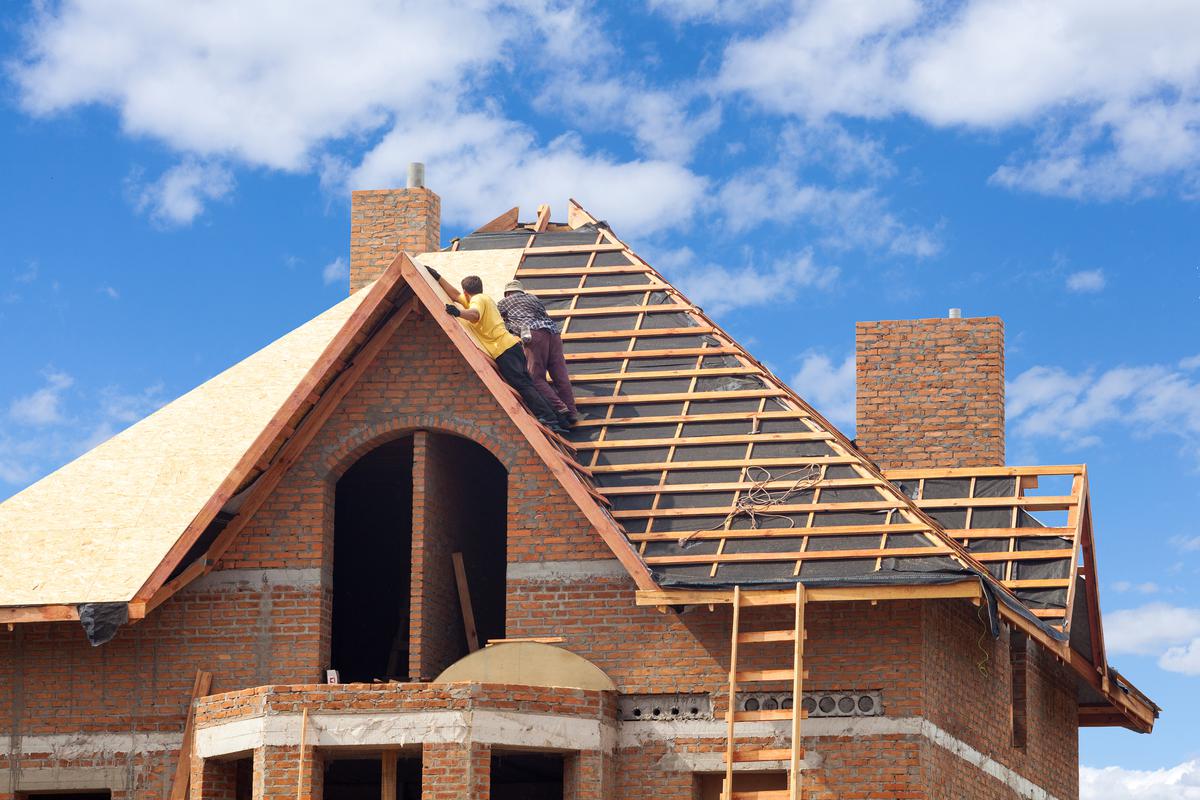

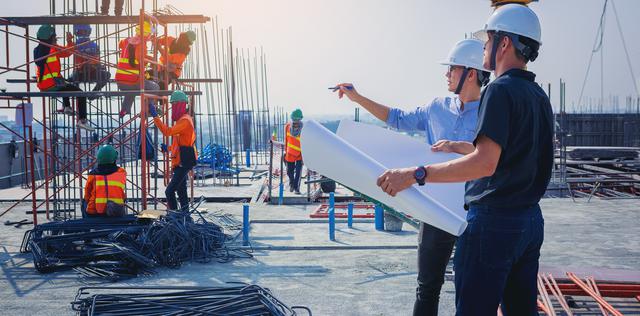
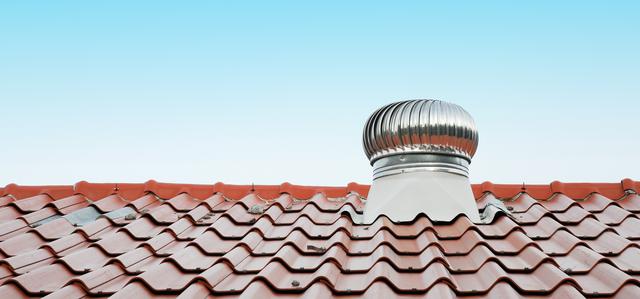
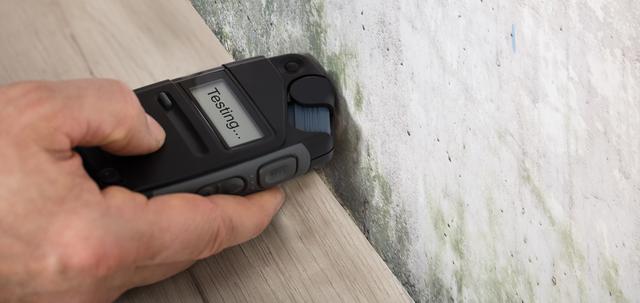
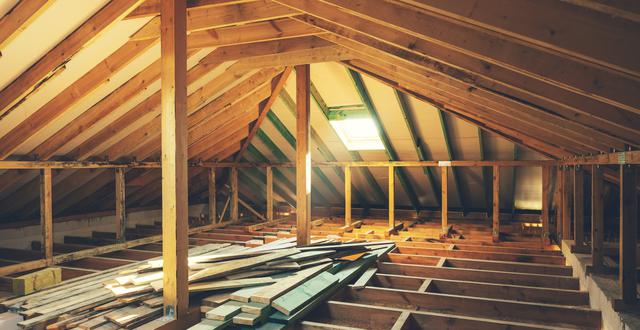
comments